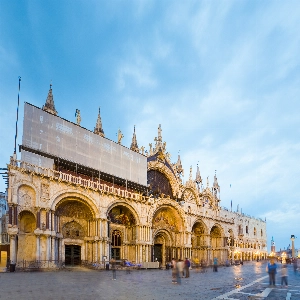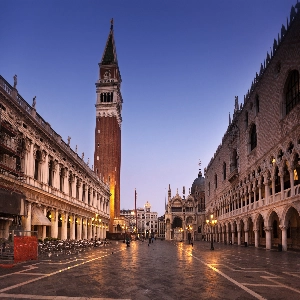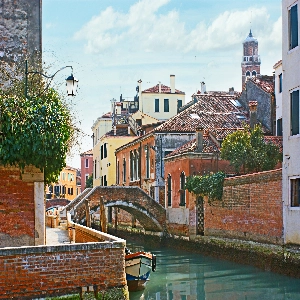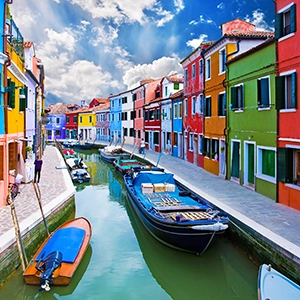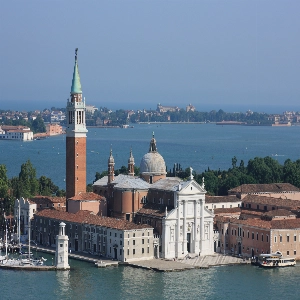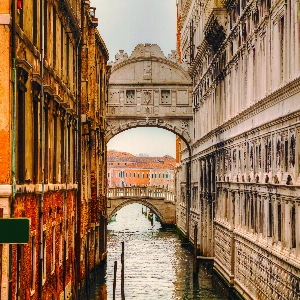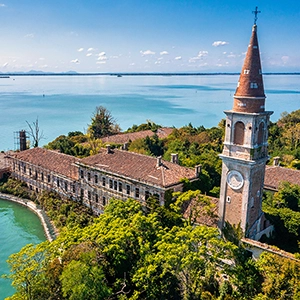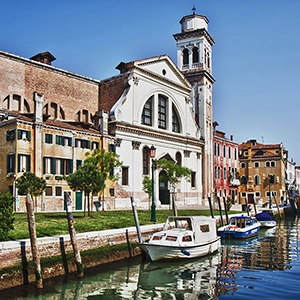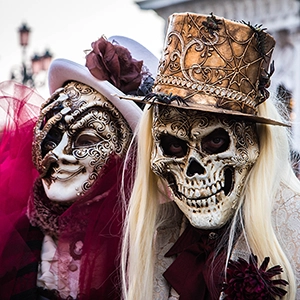Explore The Pristine Architectural Marvel And Symbol Of Venetian Power: Doge's Palace
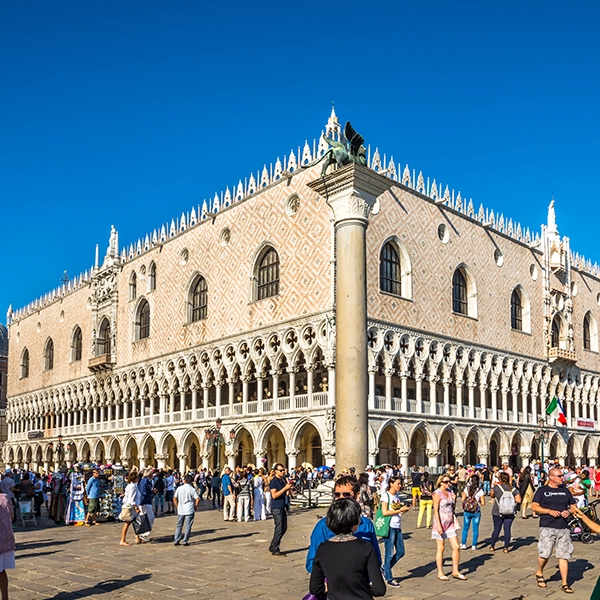
Throughout its many centuries as a city or city-state (before it became part of Italy proper in 1866), Venice has enjoyed and endured many forms of government. At one extended point in its history, it was ruled by the Doge (pronounced Dough-zsh), a “royal consanguinity” leader. This rule came to an end for good at the time of the Napoleonic occupation of Venice in 1797.
This ornate, Italian Gothic building is as detailed inside as out, and served to house the Doge(s) and his family in glorious apartments, as well as host various government offices. It is connected directly to Saint Mark’s Cathedral, for ease of family worship (and privacy), and leads out to the spacious Piazza San Marco. It straddles the Grand Canal.
Built in 1340, it took years to complete, and has been refurbished and reconstructed many times, due to structural failure and frequent fires over the last 700 years. Since 1934, it has operated as a museum, of one 11 in the city. Such a lavish and lovely building, the Doge’s Palace has been mimicked in building designs in the United Kingdom and the U.S.A.

